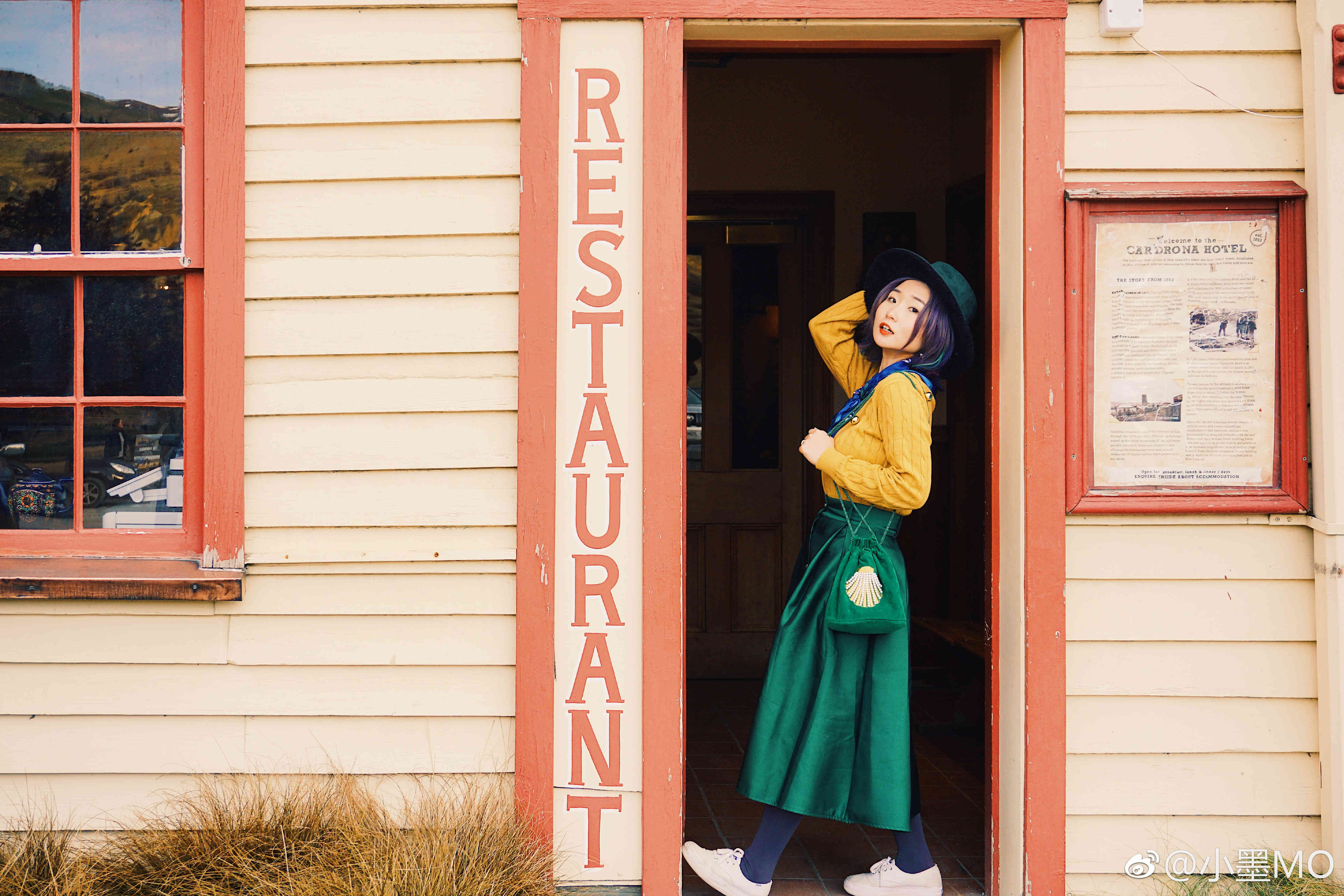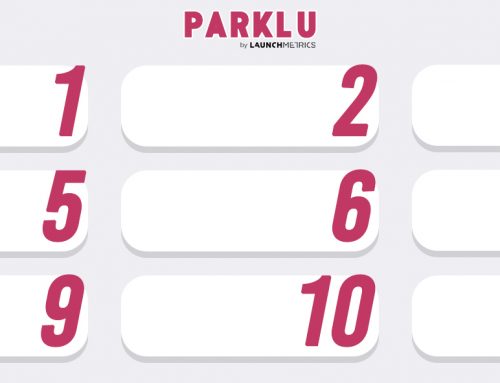Anyone involved in the tourism industry is well aware that China is a massive, rapidly growing market. And everyone is trying to get a piece of the pie. Unfortunately, tourism boards and travel brands invest resources into the wrong areas far too often, wasting money on expensive initiatives that miss the fastest-growing segment: Chinese millennial tourists. These young travellers are the future of Chinese tourism and targeting them via online travel KOLs is the key to growth.
In the past, a typical Chinese millennial tourist travelled abroad in a tour group, riding around on a huge tour bus, speaking little-to-no English, and relying entirely on agents to plan and run the trip. They wanted bang for their buck, visiting as many cities and famous sites for the least amount of money possible. Besides taking pictures in front of famous landmarks, their main interest was shopping.
It obviously made sense to develop close relationships with top Chinese travel agencies. But while those types of tour groups still exist, this type of travel is rapidly losing popularity as the Chinese travel industry matures. Tourism providers looking to invest in the Chinese market for the long-term need to start addressing the rapidly growing segment of independent and semi-independent young Chinese travellers.
A recent survey from Phocuswright and Bloomberg Intelligence found that 60% of Chinese outbound travellers are Millennials and Gen Z. And according to a report from China Luxury Advisors and Fung Business Intelligence Centre (FBIC), while many Chinese millennial tourists might choose a tour group their first time abroad, only one-fourth will continue to travel with a group on following trips. The rest of Chinese will travel independently.
So if there is an increase in independent travel, how do these Chinese millennial tourists choose their destination and plan their trip?
Over 70% of Chinese millennial tourists rely on online resources to plan their trip. The younger the tourist, the more likely to use online sources.
Travel KOLs
With over 70% of Chinese travellers using online resources to plan their trip, KOLs can have an enormous impact on the entire customer journey. KOLs provide inspiration, are seen as trustworthy, and are valuable resources for travel info.
Inspiration:
KOLs can provide travel inspiration and help consumers discover new destinations on social platforms such as Weibo and WeChat.
Although it’s often likened to Facebook and Twitter, Weibo is actually more similar to Instagram in terms of user behaviour and the style of content. Weibo allows a variety of content formats from photos and videos to articles, live streaming, and 360 videos (a new feature which has been very effective for travel accounts). People use Weibo similarly to the way they would use Instagram. When they are bored or have a spare moment they will open the app and scroll through the feed, stopping when a pretty image or video catches their eye. Thus it’s the perfect platform for travel content.
Witty and beautifully formatted WeChat articles are also a popular source of travel inspiration. For example, the popular travel account 24 Hours shares and creates content comparable to a top-tier online travel publication.
Trust:
Many Chinese people, especially those from the younger generation, have an inherent distrust of travel agents. In China, many travel agents are known for choosing activities and recommending destinations based on kickbacks, not because they are actually worth visiting. They are also known for forced shopping trips and lacklustre dining and accommodations.
Now that many people are becoming independent travellers they are turning to friends, family, and KOLs for recommendations and advice. KOLs are seen as trustworthy sources of information, as they will often include detailed and candid information and photos in their travel guides.
Valuable sources of information
Many of China’s top travel KOLs become popular not only for sharing beautiful imagery but for the wealth of information and useful tips they provide.
Even though Weibo content tends to be very inspirational, travel photos and videos tend to perform better if they are not only beautiful but also provide useful information about the destination in the post caption.
Many travel WeChat articles provide detailed destination information, reviews and suggested itineraries.
But independent travellers go to China’s OTAs (online travel agencies) when they really want to visit a location. In China, OTAs are also social platforms filled with their own set of travel KOLs.
The most popular one, Mafengwo, is an extremely popular site among young independent travellers who mainly visit the site to read user-generated travel guides and pose questions in the Q&A forums. The most popular guides are long-form, in-depth guides which share every detail of their travel experience.
What makes Mafengwo unique is that it has social features – users can like, comment, share and save each other’s posts. Content creators can grow a following and become travel KOLs on the site and if they become popular enough they will become official bloggers for the site. Many OTAs in China such as Ctrip, Breadtrip, Fliggy, and Tuniu have similar features and networks of KOLs, but Mafengwo stands out for first and foremost being a travel community and secondly being an OTA.
If an independent traveller goes on Mafengwo and other OTAs and is unable to find information and reviews about your attraction or destination, they might be a little wary of planning a trip there so it’s extremely important to work with KOLs to establish a presence on these sites.
Create an Effective KOL Strategy
- Brands and destinations need to remember that there is not one type of Chinese millennial tourists, nor one type of travel KOL. Just as you would when working with a western KOL, try to find a Chinese KOL whose style, content and platform choice fits your destination and target audience.
- Quality is important. Chinese social media platforms, especially Weibo, are rampant with fake followers and even fake engagement. There are also a lot of Weibo users who grew very large followings as early adopters of the platform, but now many of their followers have stopped using the platform and their engagement stats are very low.
- It’s not always the biggest accounts that will achieve the best results — smaller KOLs can be cheaper and easier to work with and their audiences tend to be more engaged.
- If you’re worried about costs and visa issues, try to find Chinese travel KOLs already living in the country you’re located in. There are millions of Chinese people living abroad and there are sure to be some travel KOLs near you.
- Consistency is key. A one-off KOL campaign will not be as effective as an ongoing one would.
As the Chinese travel market is changing and maturing, brands and destinations need to be allocating more resources to KOL marketing if they want to capture the next generation of Chinese millennial tourists.
More from the author:
Here is the recording and recap of Travel Massive LIVE’s webinar with Lauren Hallanan: Influencers are the Key to Attracting Chinese Travelers

















Leave A Comment